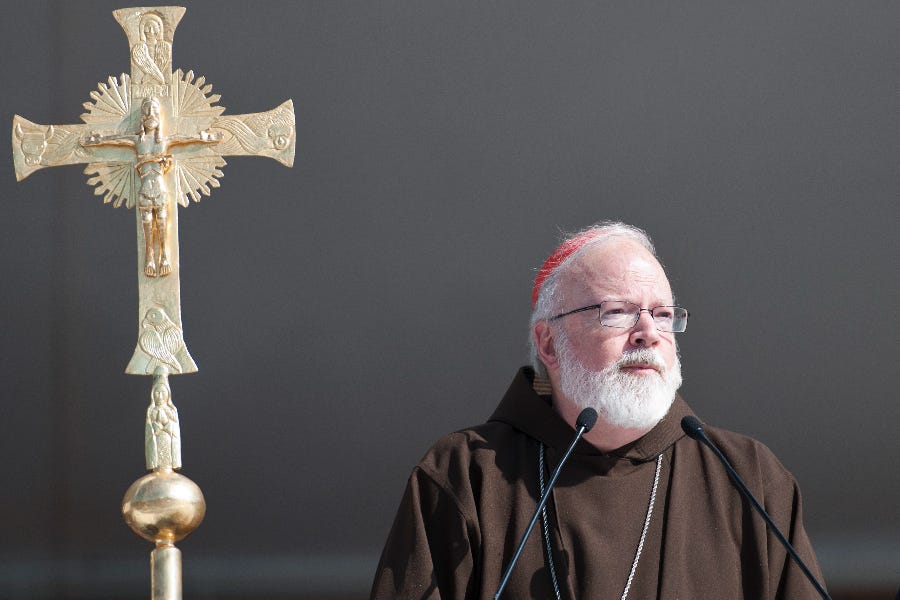What to expect from the 1st global child protection report
The pope’s safeguarding commission has announced the “imminent” release of its first annual report, but what will it say and what is at stake?
The pope’s safeguarding commission has announced the “imminent” release of its first annual report on the Church’s worldwide efforts to protect minors and vulnerable adults.

The Pontifical Commission for the Protection of Minors (PCP…
